What Happened in 1624?
—The Legacy of Dutch Rule in Taiwan
Cathy Teng / photos by Kent Chuang / tr. by Phil Newell
July 2024

This illustration of the town and fortress of Zeelandia, made by the Dutch cartographer Johannes Vingboons, shows their appearance in the 1650s. It is in the collection of the Austrian National Library. (source: Atlas Blaeu–Van der Hem, vol. 41:05, fol. 44–45, Austrian National Library, Vienna)
In 1624 the Dutch established a trading post in the New World, in what is now New York. In the same year, the Dutch East India Company came ashore in Taiwan in a place then called Dayuan (today part of the Anping District of Tainan City). Their 38-year rule changed the course of Taiwan’s history.
Four hundred years later, we are curious to know: What traces did the Dutch leave behind?
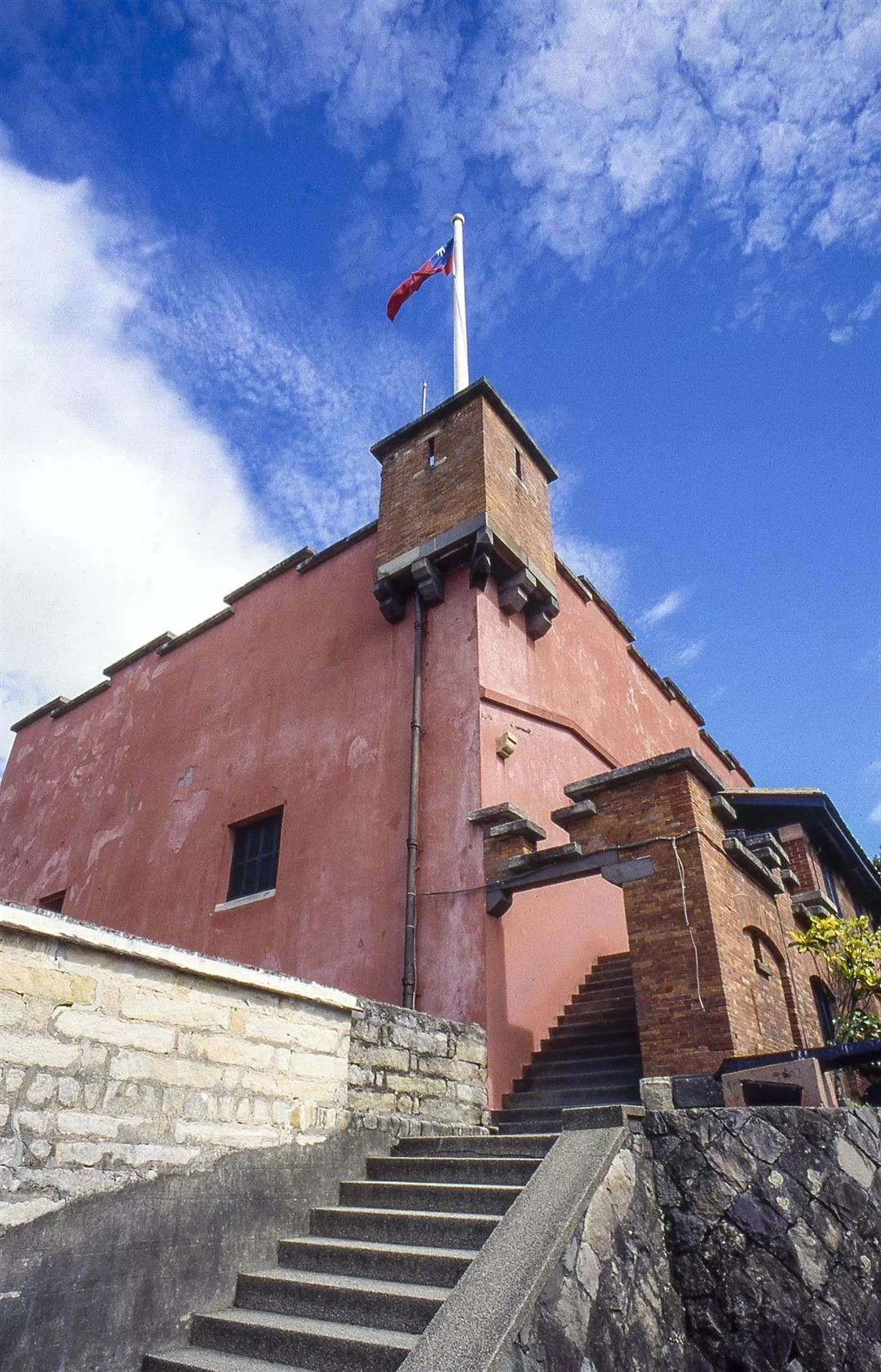
Fort Antonio, known in Chinese as Hongmaocheng (“Red-Hairs’ Fort”) is the best-preserved Dutch historic site in Taiwan. (MOFA file photo)
Dutch historic sites
Cheng Wei-chung, associate research fellow in the Institute of Taiwan History at the Academia Sinica and an expert on East Asian maritime history, says: “The building that is currently the best preserved is Fort Antonio in Tamsui.” In 1626 the Spanish occupied northern Taiwan and built Fort San Salvador in Keelung. In 1642 the Dutch drove the Spanish out of Taiwan and took materials from the demolished Fort San Salvador to Tamsui to build Fort Antonio. At that time Han Chinese nicknamed the Dutch hongmao fan (“red-haired barbarians,” and so the fort came to be called Hongmaocheng (“Red-Hairs’ Fort”), a name that is still used to this day.
Another stronghold built by the Dutch was Fort Zeelandia (today’s Anping Old Fort). Though today all that remains is some walls, at the time “Fort Zeelandia had one critical function: It was a navigational landmark,” explains Cheng. Just as the first thing that European immigrants saw when they arrived in America was the Statue of Liberty, “The first thing that early migrants from southeast China saw when they arrived in Taiwan was Fort Zeelandia.”
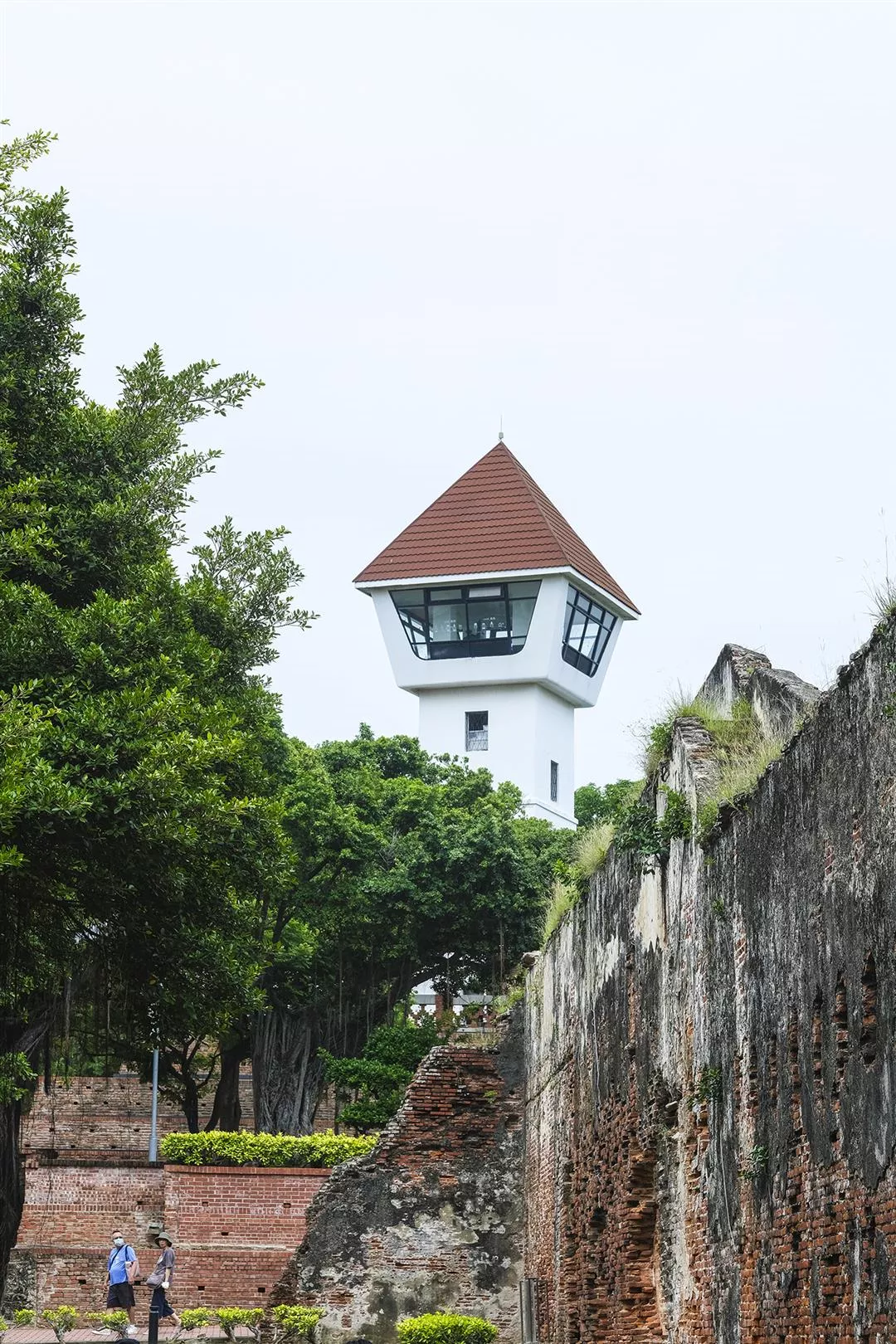
All that remains of Fort Zeelandia today is some sections of the walls, but back in the day it was an important navigational landmark for seagoing vessels. It was also the first thing that early migrants from southeast China saw when arriving in Taiwan.
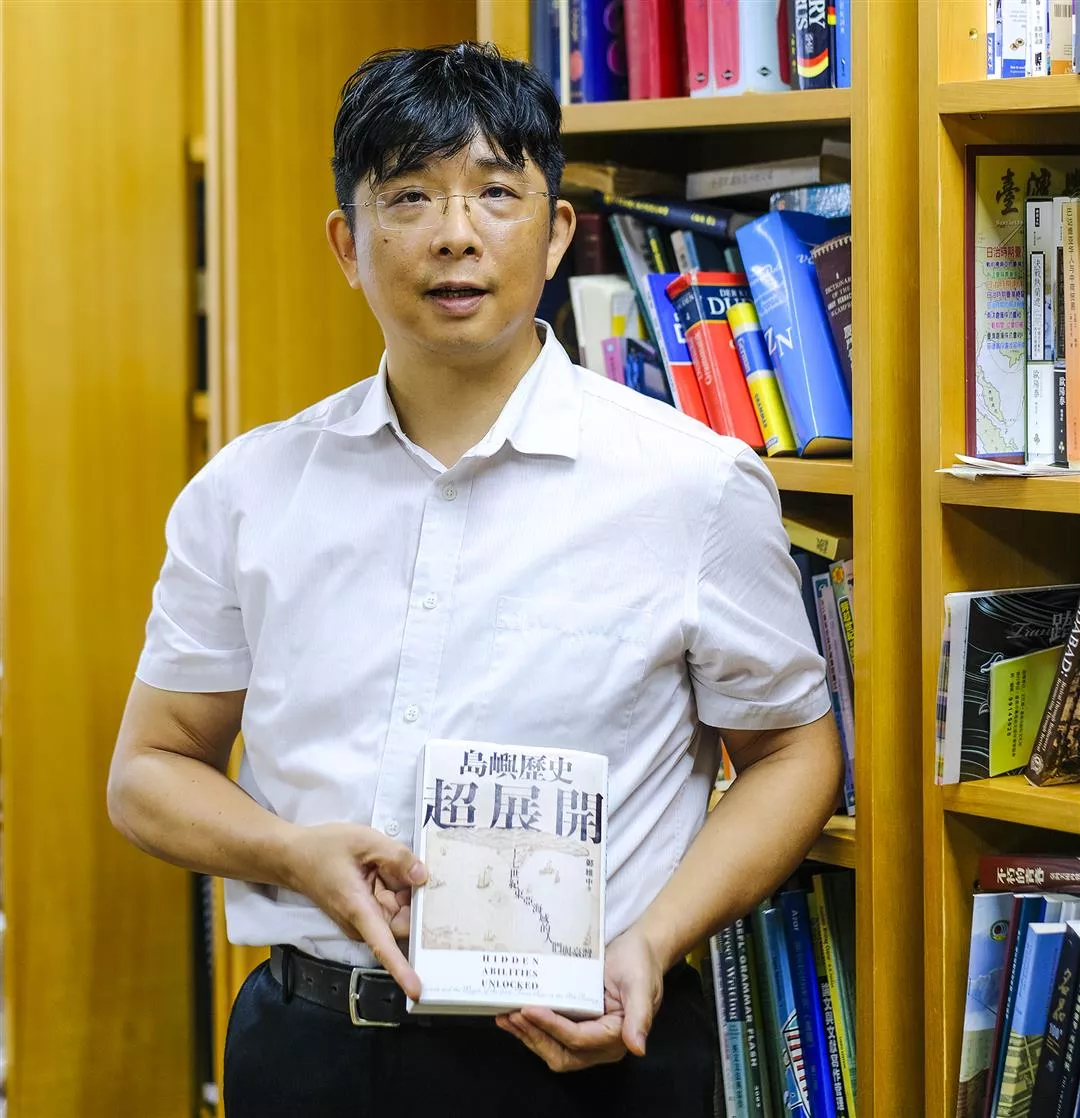
Chen Wei-chung, a scholar of East Asian maritime history, stresses the key role that geopolitics played in shaping Taiwan’s destiny.
How geopolitics shaped Taiwan
Why did the Dutch come to this small island so far from their homeland? The main motivation was commercial profit. From 1592 to 1598 Ming China had been at war with Japan, and there was no longer any official trade between the two countries. However, there was strong demand in China for silver mined in Japan, while consumers in Japan were fond of Chinese silk and porcelain. This made it possible for entrepôt trade to flourish through third locations in East Asia. At the end of the 16th century, in pursuit of economic independence from Spain, the Dutch expanded their activities eastward. They first occupied the Banda Islands, famous for spice production, and then built the town of Batavia (today’s Jakarta, Indonesia), thereby becoming a player in East Asian maritime trade.
Having set out the historical background, Cheng also explains Taiwan’s role from a geographic point of view. As one of the world’s few islands dominated by high mountains, and with abundant rainfall, it had numerous steep, rapidly flowing rivers. These carried silt downstream, building the plains of west central Taiwan and creating coastal sandbars at the river mouths. Around these sandbars there were many shoals, and the tidal range was very large, which discouraged the navigators of large ships of deep draft from venturing into these waters. Thus for a long time it was difficult for outsiders to make their presence felt in Taiwan.
In order to engage in entrepôt trade and disrupt Spanish trade with Chinese merchants along the southeastern coast of Ming China, the Dutch seized Penghu in 1622, but were expelled two years later by the Chinese, and turned their attention to Dayuan on the coast of Taiwan. “For geopolitical reasons, and for want of a better alternative, the Dutch chose to settle in Taiwan,” Cheng relates. But since Taiwan had no good harbors, the Dutch had to make the best of a bad situation. Cheng Wei-chung says jokingly: “The natural harbors in Taiwan were not good, but fortunately for the Dutch they were experts at using poor natural harbors.” The Dutch built Fort Zeelandia on Dayuan as a navigational landmark, and employed pilots to guide vessels into port, creating the conditions for safe trade in goods. With Taiwan as a major center for entrepôt trade, the Dutch were able to compete for trade on the seas of East Asia, and Taiwan was thereby drawn into the global trading system.
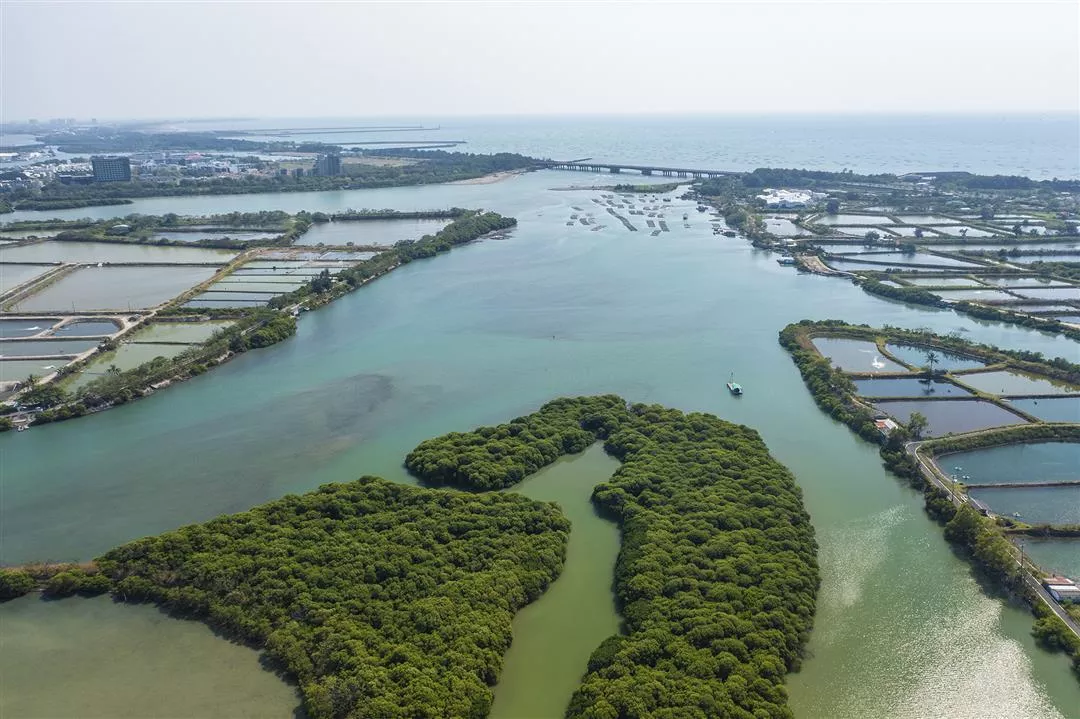
The Taijiang Inland Sea was a stage for important cultural encounters between 17th-century Taiwan and other lands.
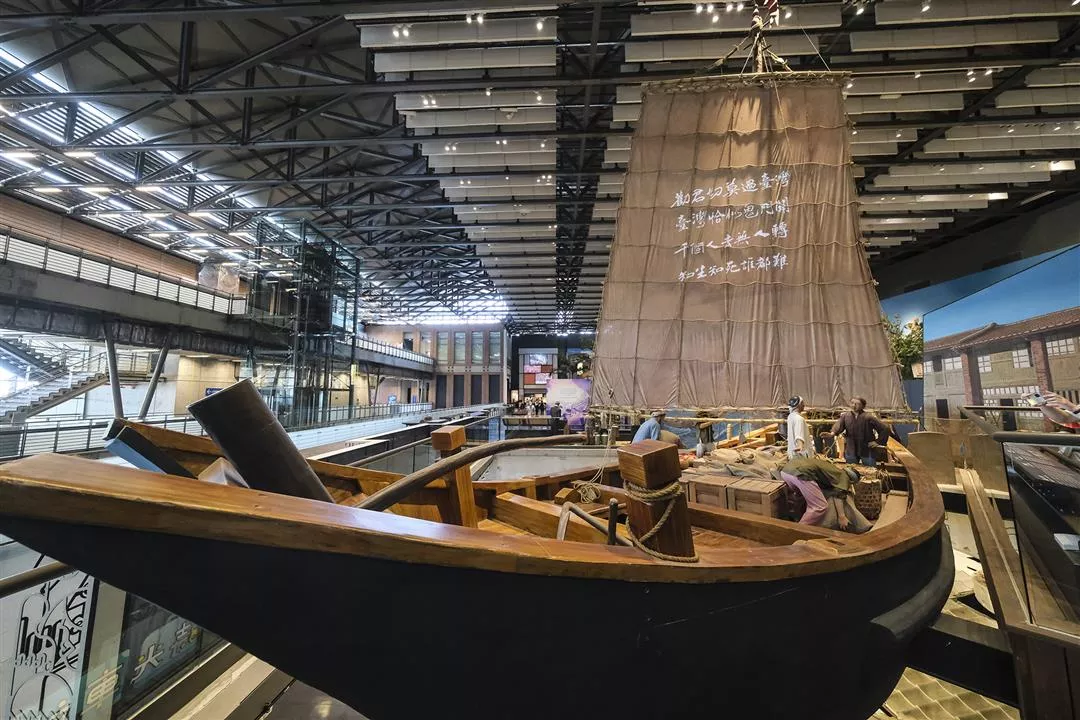
The Dutch encouraged Han Chinese men to migrate to Taiwan to clear land for farming, and shiploads of Chinese crossed the Taiwan Strait to come to this island. This is how Han Chinese came to be the dominant ethnic group in Taiwan.
Evolution of an island’s history
In 2023 Cheng published a book with the English title Hidden Abilities Unlocked: Taiwan and the People of the East Asian Seas in the 17th Century. But the first part of the book’s Chinese title translates more literally as “plot twists in an island’s history.” “In the 17th century, Taiwan’s development took unforeseen directions at a number of junctures,” he says.
Various serendipitous historical factors combined to bring Taiwan onto the world stage. For example, says Cheng, given Taiwan’s natural conditions, it should never have become part of the international trade network, yet nonetheless the Dutch set up operations here. In 1637, the Shimabara Rebellion of Roman Catholics broke out in Japan, and the ruling Tokugawa shogunate banned Catholicism and tightened its isolationist policy, as a result of which the Dutch replaced the Portuguese in trade with Japan, coincidentally enabling the Dutch in Taiwan to earn vast sums of money. Also, how was Ming loyalist Zheng Chenggong able to successfully invade Taiwan and expel the Dutch? “It just doesn’t add up. However you try to figure it, it doesn’t add up,” says Cheng, shaking his head. “These were the most exciting, most fascinating, most dramatic events of that era. In the history of Taiwan there have been any number of unimaginable twists and turns.”
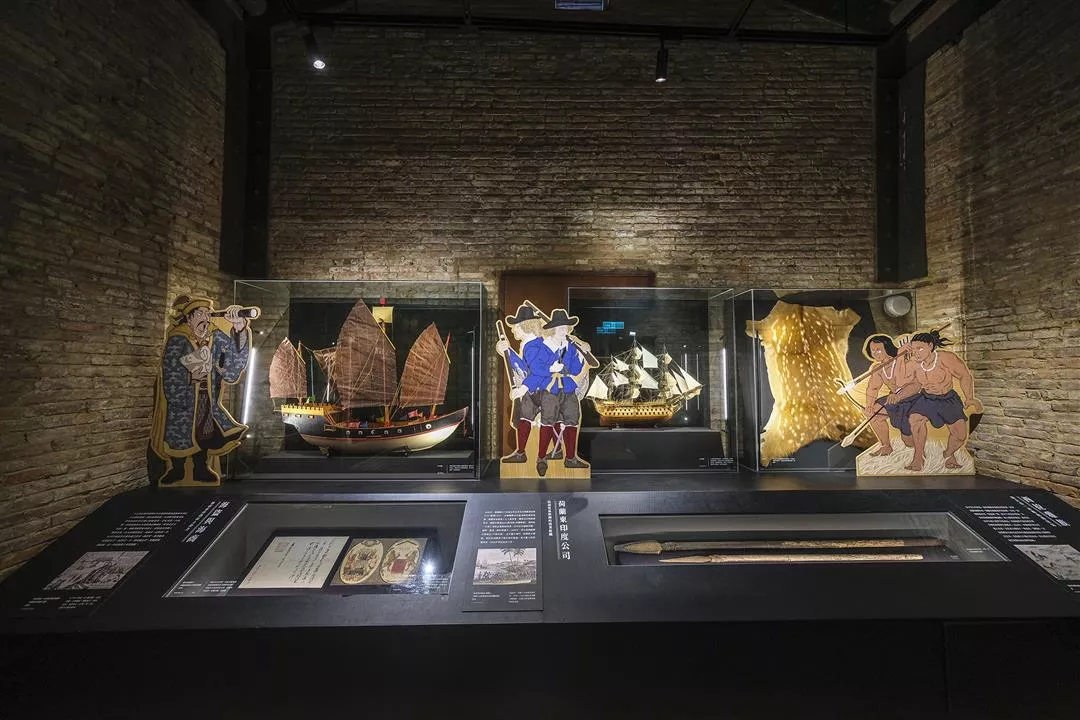
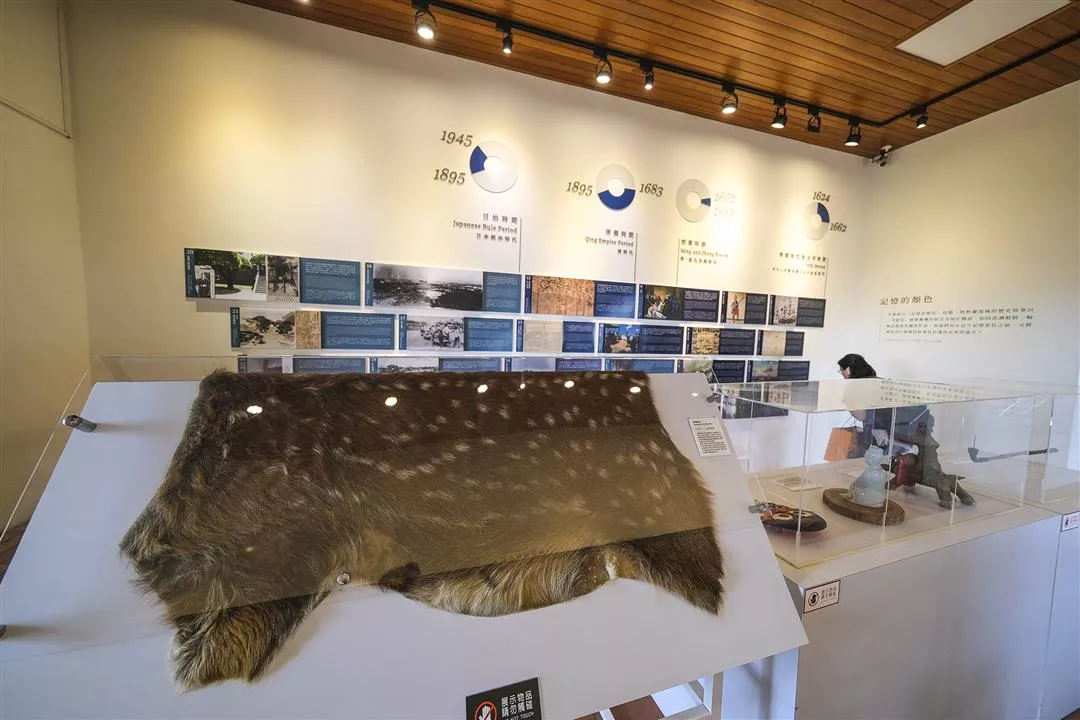
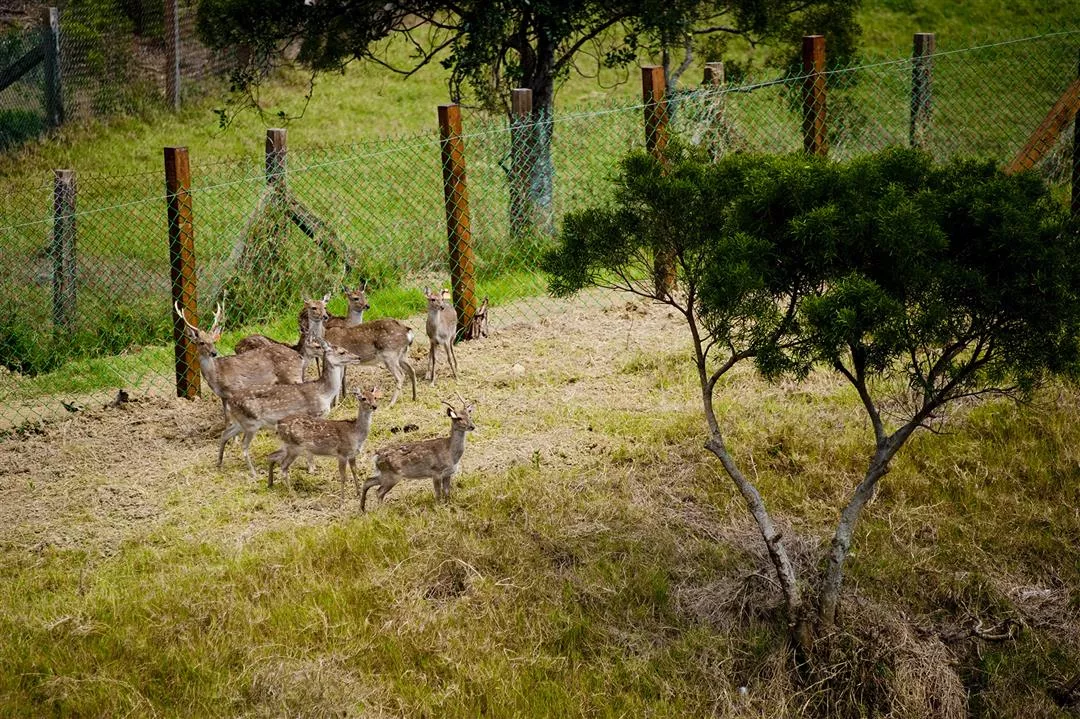
Deerskins were a bulk export from Dutch-era Taiwan. They were mainly marketed to Japan, where they were used to make leather padding for samurai armor. Records indicate that back then Taiwan exported some 70,000 deerskins per year, earning a great deal of money for the Dutch.
Plants and immigrants
It was not only migrants from China who followed the Dutch into Taiwan. The Dutch also brought plants to this island that set down deep roots here.
We come to the Department of Forestry at National Pingtung University of Science and Technology to find out more. Assistant Professor Yang Chih-kai, an expert in ethnobotany, leafs through a Chinese translation of De Dagregisters van het Kasteel Zeelandia (Daily Records of Fort Zeelandia) as he tells us: “This is a difficult subject area, but it is very intriguing.” He notes that while it is hard to trace any individual plant existing today directly back to the era of Dutch rule, there are still clues to be found in the plants one finds growing in communities around Taiwan. The non-native plants with the longest known history are frangipani trees (Plumeria rubra).
Also known as temple trees or pagoda trees, frangipani are native to Central and South America and were introduced by the Dutch into malaria-ridden Taiwan in an attempt to control mosquitoes. In the Punan community of Kouhu Township in Yunlin County there is a shrine dedicated to a Dutchman, with a huge frangipani tree beside it. The statue of this “Lord Holland” wears something akin to a cowboy hat, has a handlebar moustache, yellow shirt, red pants, and ankle boots, holds a handgun, and has a happy expression on his face. Local elders say that the tree was planted by a Dutchman who came to open up this land for farming, and he was deified after passing away. Textual evidence indicates that this tree is about 370 years old.
Place names also carry clues to history. The Siraya were the group of indigenous people with whom the Dutch first came into contact, and Yang Chih-kai states: “The cotton tree [Bombax ceiba] was another plant that the Dutch introduced into Taiwan, and Jibeishua [Ka-puà-suá in Taiwanese Hokkien] was the old name of Tainan’s Dongshan District. Ka-puà-suá comes from the Siraya place name Kabua-Sua. Kabua meant cotton tree and sua meant village, so the meaning was Cotton Tree Village.” The Siraya used the kapok fibers from cotton-tree seed pods to stuff pillows, and the flowers were dried to make a beverage. Today this knowledge is included in the local educational curriculum in Jibeishua to enable students to get to know something about Siraya culture.
There were also strategic considerations behind some of the plants brought to Taiwan by the Dutch. Guava (Psidium guajava), for example, was introduced because the fruit is edible and the leaves could be consumed to treat diarrhea and lower blood pressure. Another example is the golden shower tree (Cassia fistula), which is a natural killer of intestinal worms and also has thick branches, which were used to make artillery emplacements.
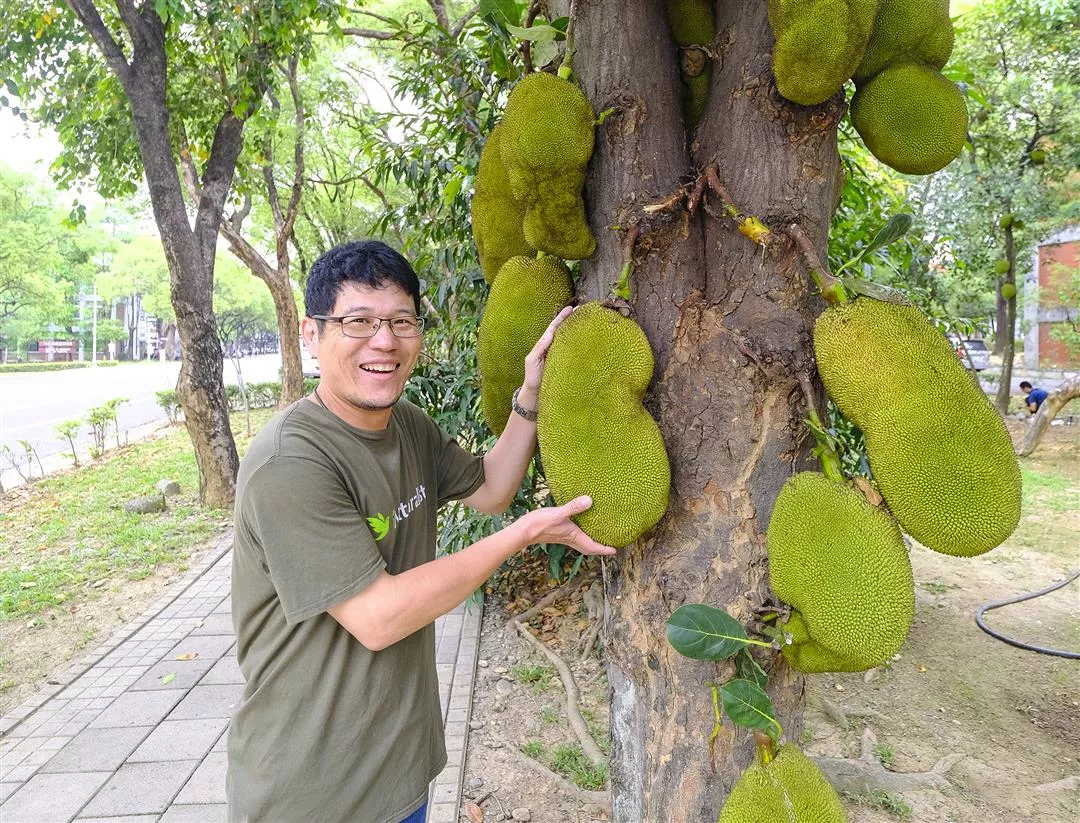
Yang Chih-kai explains that jackfruit was also introduced into Taiwan by the Dutch.
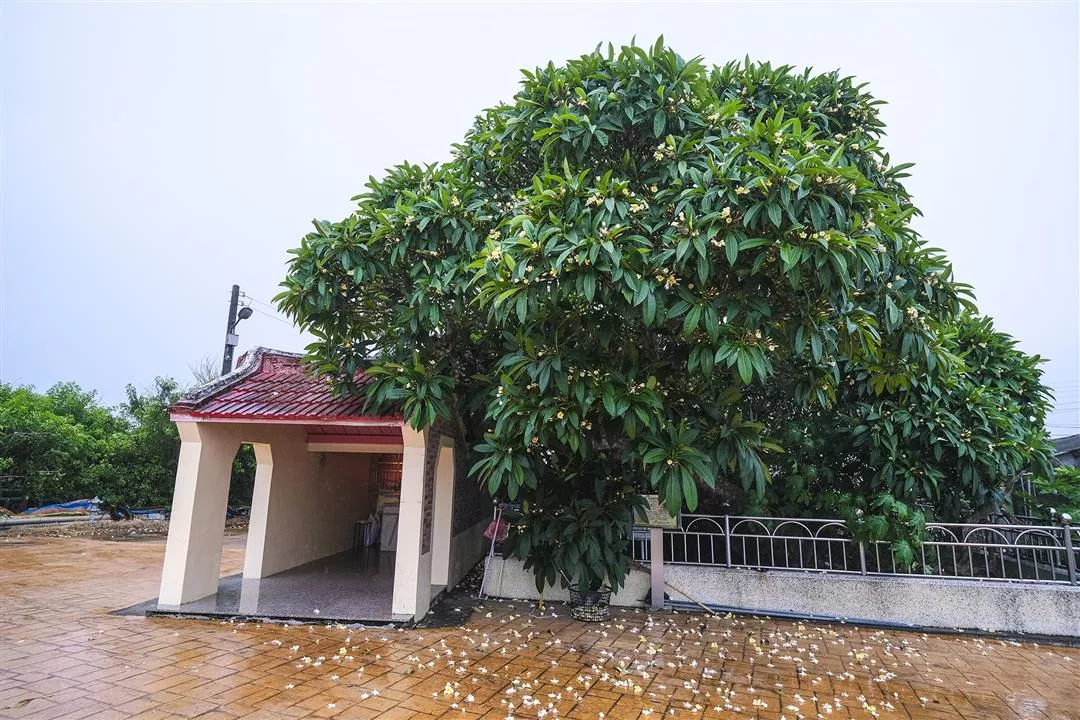
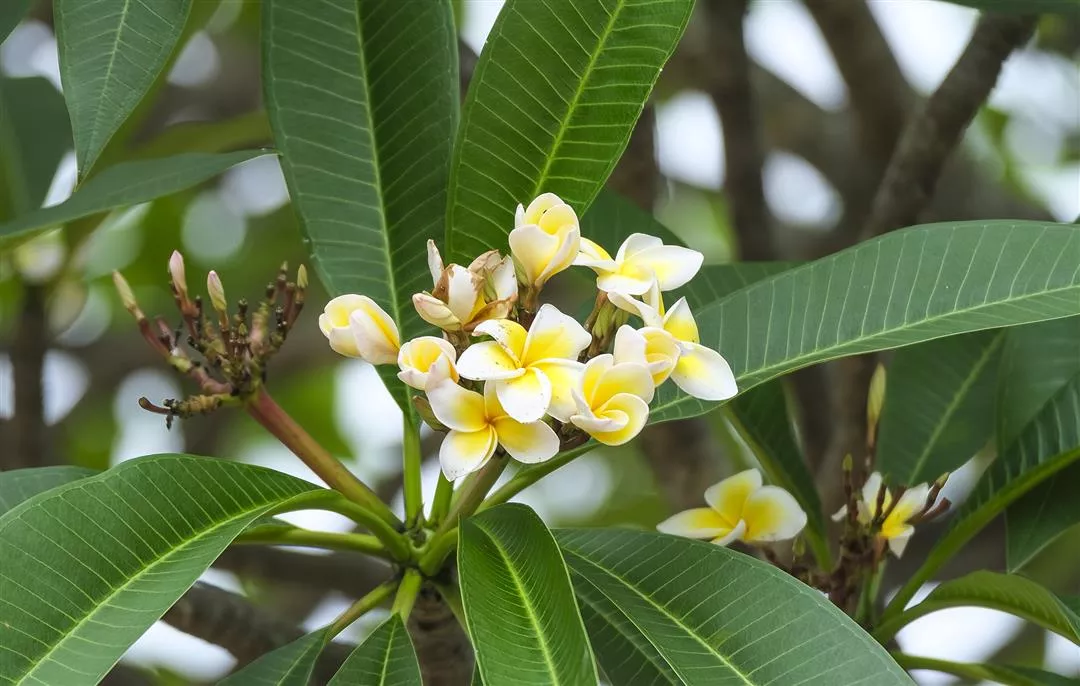
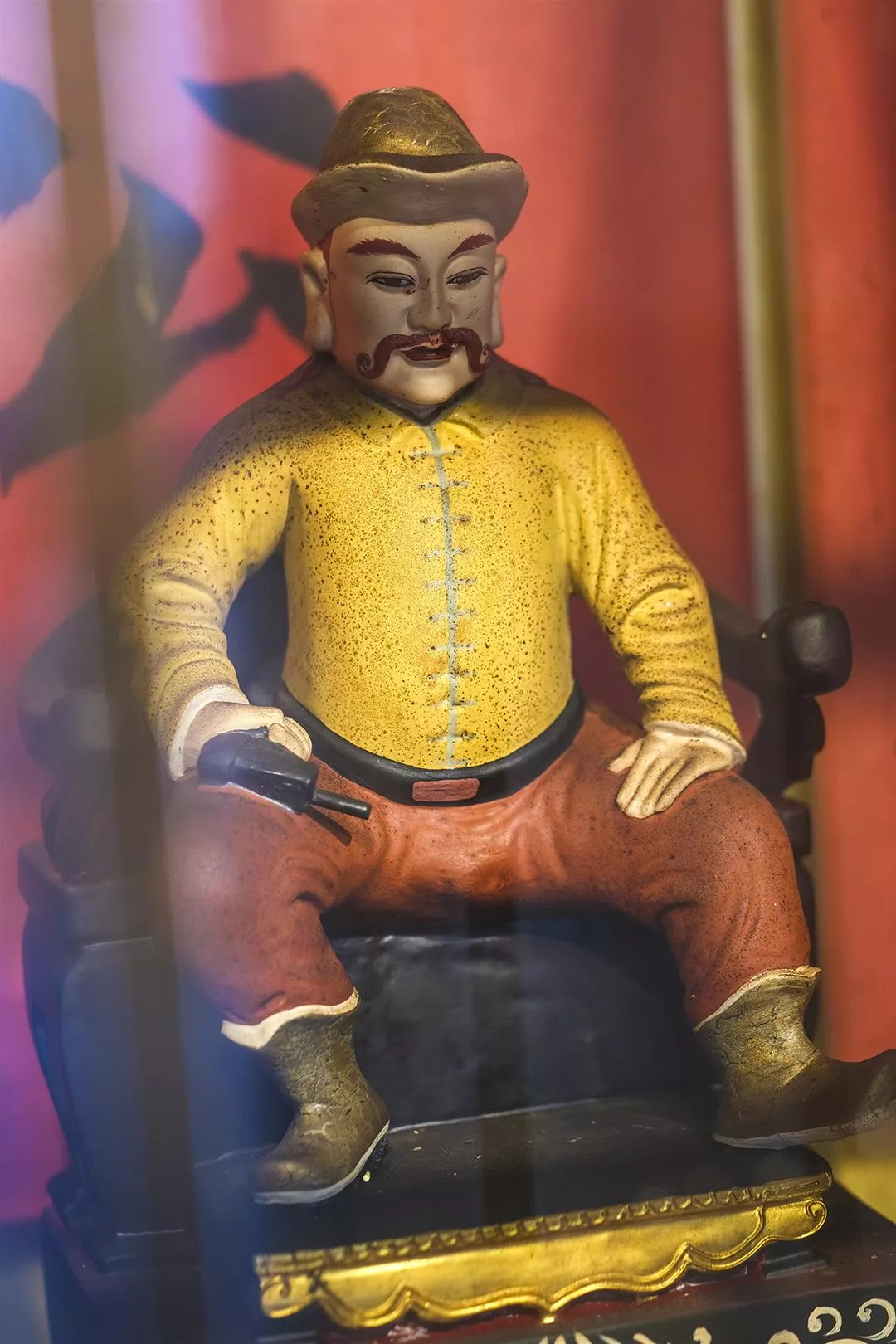
This shrine in the Punan area of Yunlin’s Kouhu Township is dedicated to a Dutch immigrant, “Lord Holland.” The enormous frangipani tree beside the shrine is said to be 370 years old.
From exotic to downhome
Cash crops introduced into Taiwan by the Dutch, including guavas, wax apples (Syzygium samarangense), mangoes, and sugar apples (Annona squamosa), also altered the island’s natural landscape. Our forebears named places after plants: for example, Hokkien place names beginning with Pua̍t-á or Pa̍t-á (Mandarin bazai), meaning guava, indicate a location where guavas were grown or traded. Suāinn-á (shezai), meanwhile, means mango, and there are places in townships across Taiwan whose old names incorporate this word.
Though mangoes and guavas are of foreign origin, these fruits have become fully fledged “Taiwanese tastes” in the collective memory. This includes improved varieties such as Jinhuang and Summer Snow mangoes. Meanwhile, in the hands of literary authors, the sweet-and-sour taste of pickled unripe mangoes has become a metaphor for first love. Guavas too have become an inextricable part of downhome culture, and sayings have developed such as “guava checks” (bad checks) and “guava songs” (sentimental popular songs). The word in Chinese can be a noun, a verb, or an adjective. Also, while prickly pear cactuses such as Opuntia tuna are native to Central America, “cactus ice” has become a must-eat treat in Penghu County.
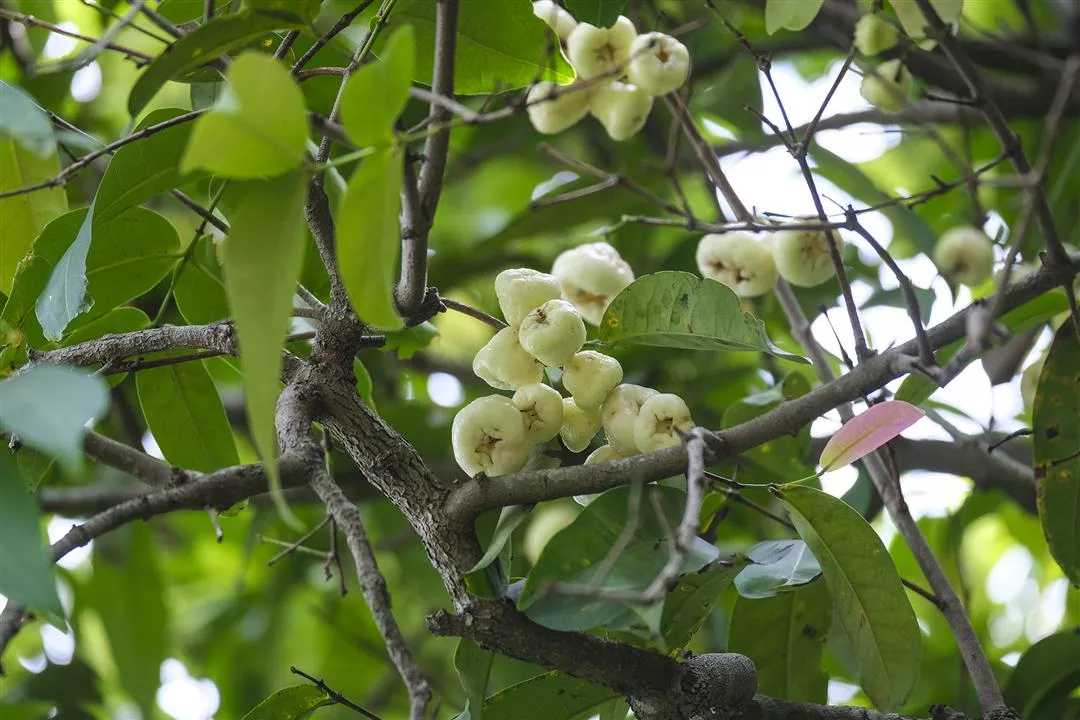
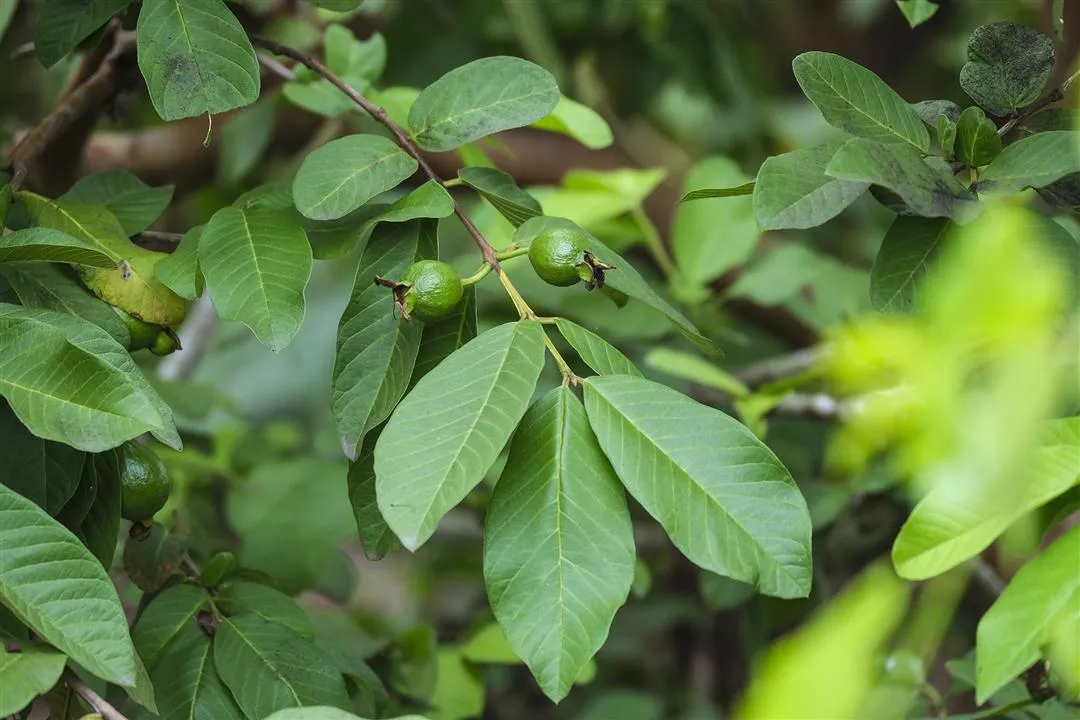
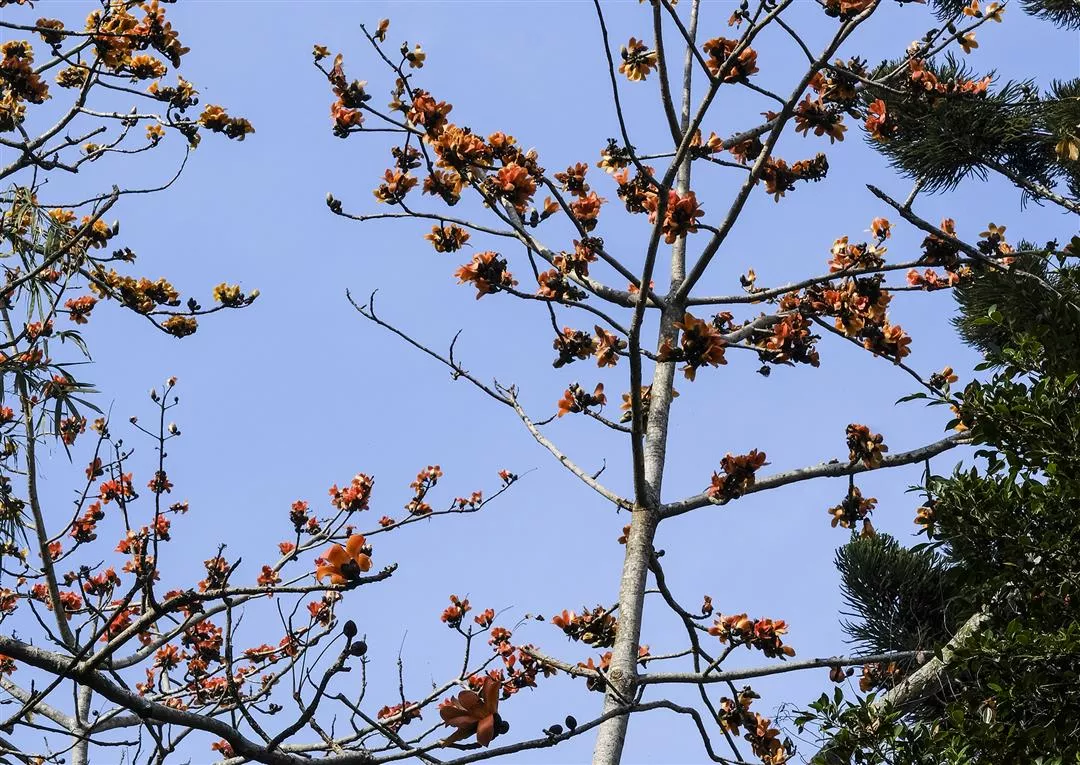
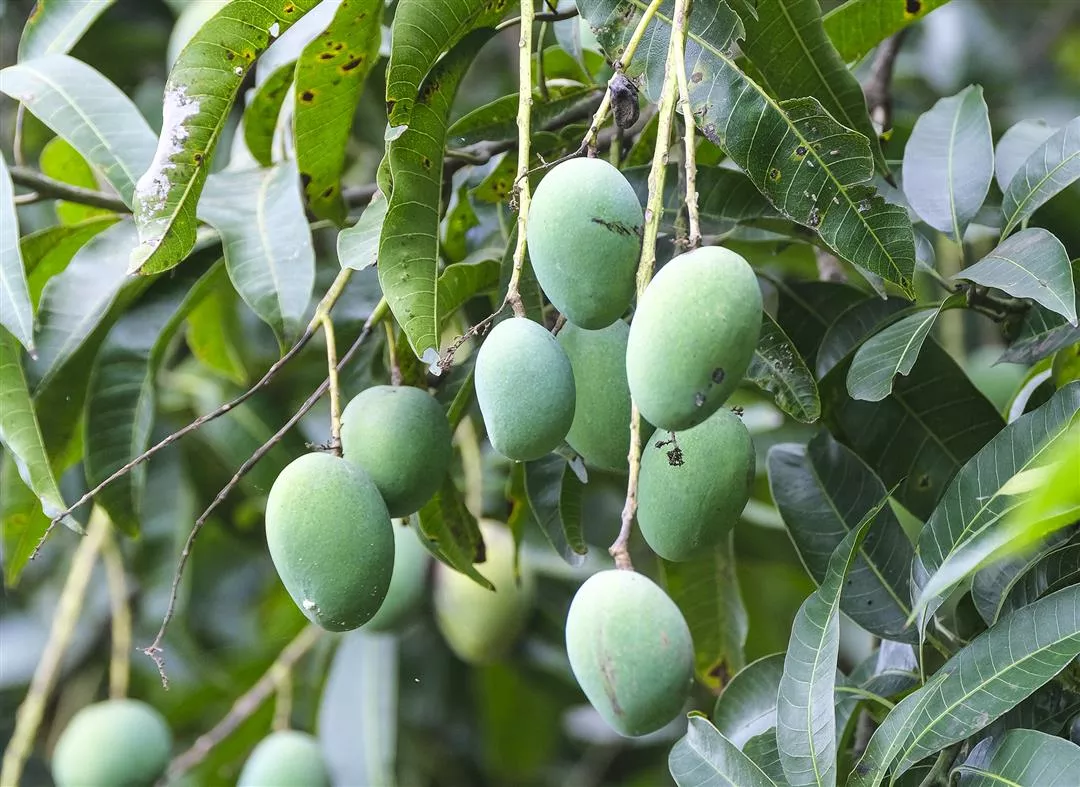
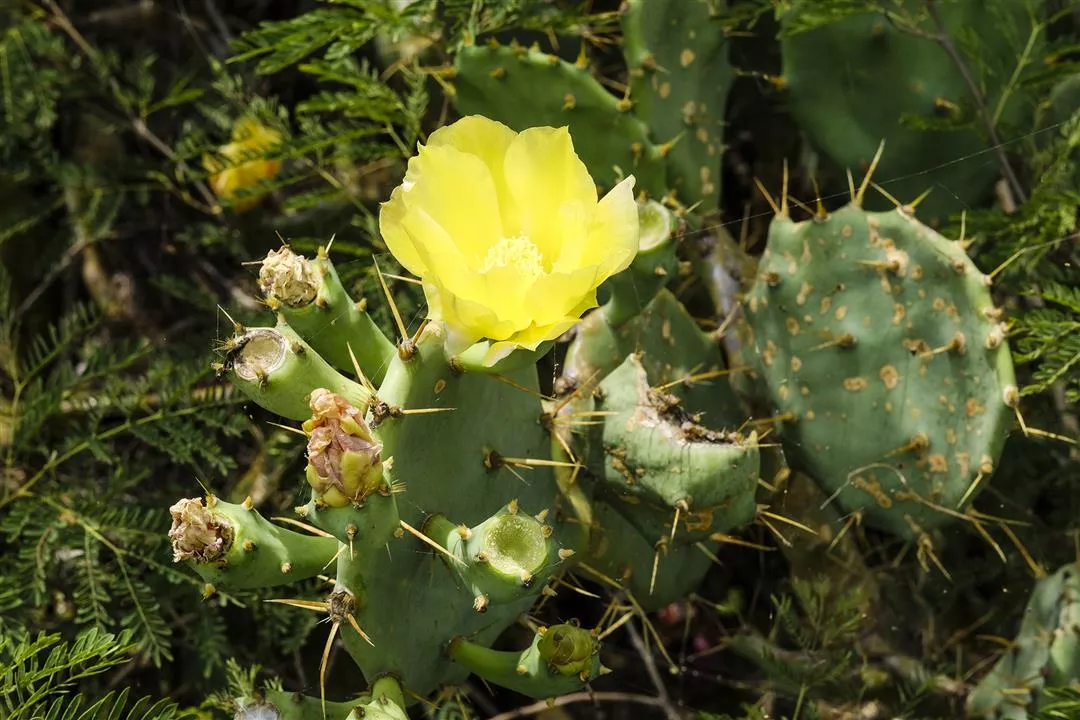
The Dutch introduced various plant species into Taiwan, including guavas, mangoes, cotton trees, wax apples, and prickly pear cactus, thereby enriching the island’s biodiversity.
Pioneer farmers, sugarcane, and rice
“The greatest impact that the Dutch had on Taiwan was to start its gradual movement toward the end of the era of a ‘stateless society,’” explains Cheng Wei-chung. For a long period of human history, nomadic peoples, or groups living in extreme environments, such as the Inuit, did not live on one specific piece of land, and they had no concept of land ownership. There was also no need for a “state” (government organization). This was the situation in Taiwan before 1624. However, after the Dutch built Fort Zeelandia on Dayuan and began to recruit Han Chinese men from southeastern China to clear land in Taiwan for farming, they gave ownership of the land to these settlers and began to levy taxes from them. This was a virtually irreversible process.
Thus a major impact of Dutch rule in Taiwan was to encourage male Han Chinese to migrate to Taiwan and to give them land so they could settle here permanently. Eventually Han Chinese came to constitute the main ethnic group in Taiwanese society. The American Sinologist Tonio Andrade tells the story of this transition in his book How Taiwan Became Chinese: Dutch, Spanish, and Han Colonization in the Seventeenth Century.
Consequently, says Cheng Wei-chung, “Rice and sugarcane production in Taiwan both developed in the era of Dutch rule.” Southern Taiwan is well suited to growing sugarcane, and the Dutch were attracted by the profits to be made from sugar, so they recruited Han Chinese to cultivate this crop in Taiwan for sale to Europe. They took advantage of shortfalls in Brazilian sugar production resulting from the Portuguese war to expel the Dutch from Brazil between 1645 and 1654 to earn windfall profits by selling Taiwanese sugar to Europe. Although profits later fell, these were the first steps in the development of Taiwan’s sugar industry.
“Of all the exotic species introduced into Taiwan, the most influential was in fact the water buffalo.” The Dutch imported water buffalo from China to provide animal power for farming. In combination with other measures to encourage Han Chinese to come to Taiwan and acquire property, this enabled water buffalo to become firmly established on the island.
The spread of rice cultivation was less the result of deliberate policy than of the continuing penetration of Han Chinese into Taiwan. Cheng Wei-chung explains that in fact the Dutch did not consider paddy rice to be particularly important. But thanks to the wealth that the Han Chinese accrued through land ownership, and with rice being their staple food, the Dutch couldn’t have blocked the production of rice even if they had wanted to.
So, what happened in 1624? Fortresses, fruit trees, rice, sugarcane, water buffalo…. All of these ubiquitous elements of Taiwan’s cultural landscape have their origins in the era of Dutch rule!
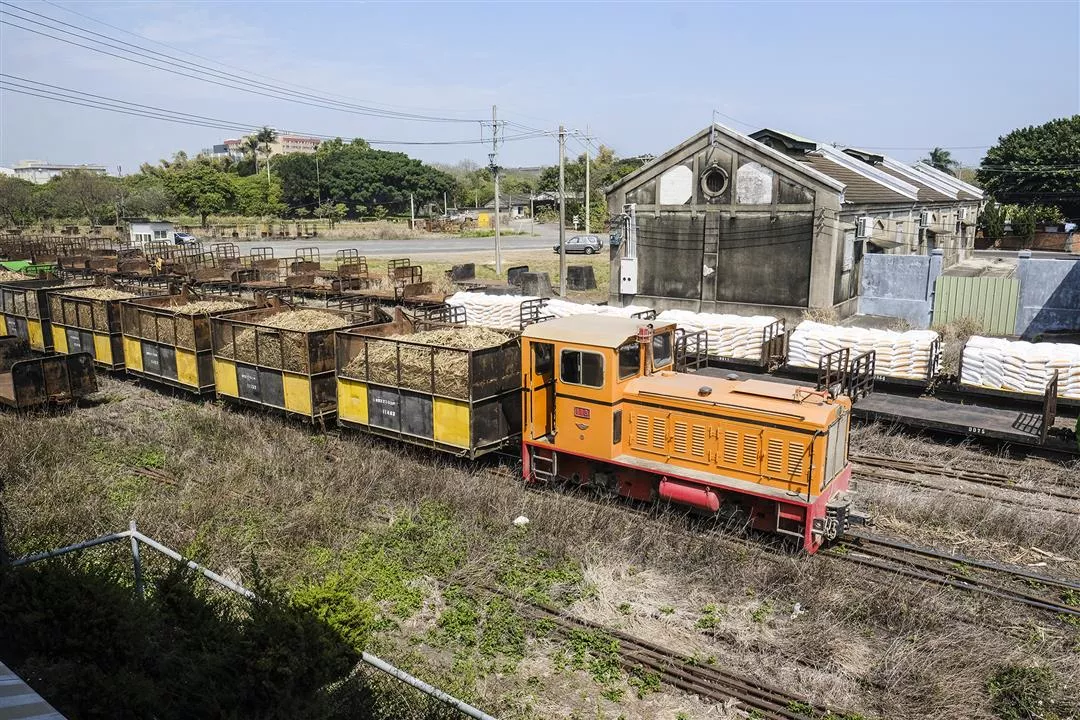
The development of Taiwan’s sugar industry started under Dutch rule; even then, Taiwanese sugar was exported to Europe. But it was not until the era of Japanese rule, almost 300 years later, that the modern sugar refining industry came into being and sugar became Taiwan’s top export. The photo shows a narrow-gauge sugarcane transport train.
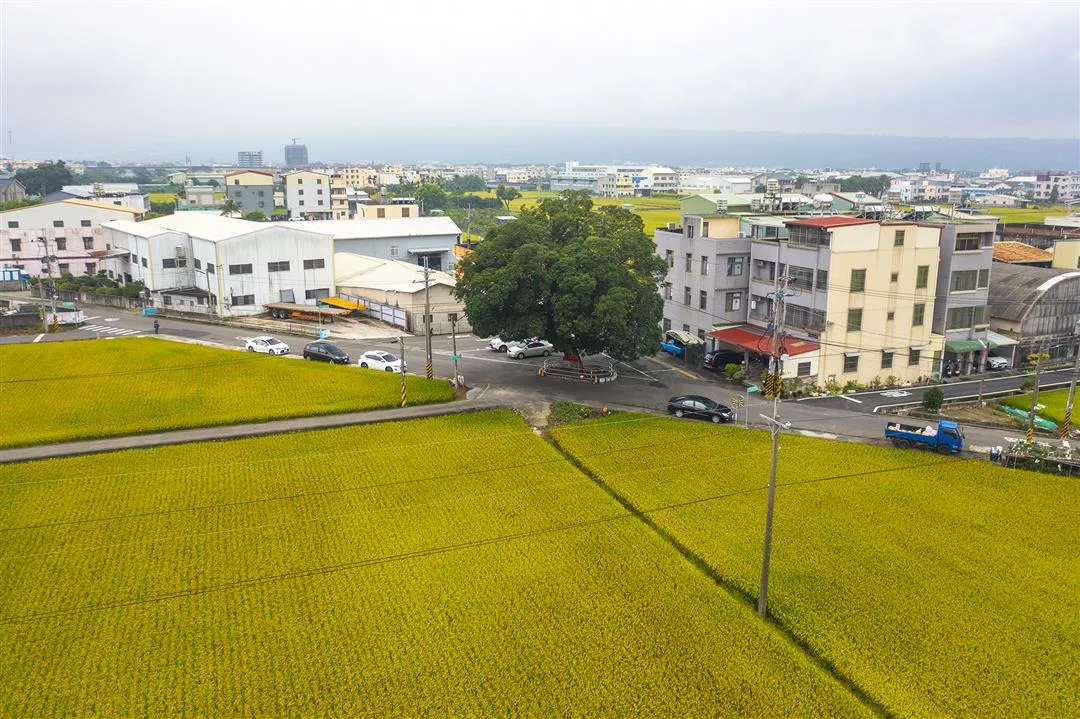
The photo shows a century-old mango tree and golden fields of rice in the Jialao neighborhood of Nantou’s Caotun Township.
This scenery, a normal part of life in modern Taiwan, has its origins in the era of Dutch rule.


@List.jpg?w=522&h=410&mode=crop&format=webp&quality=80)

@List.jpg?w=522&h=410&mode=crop&format=webp&quality=80)


